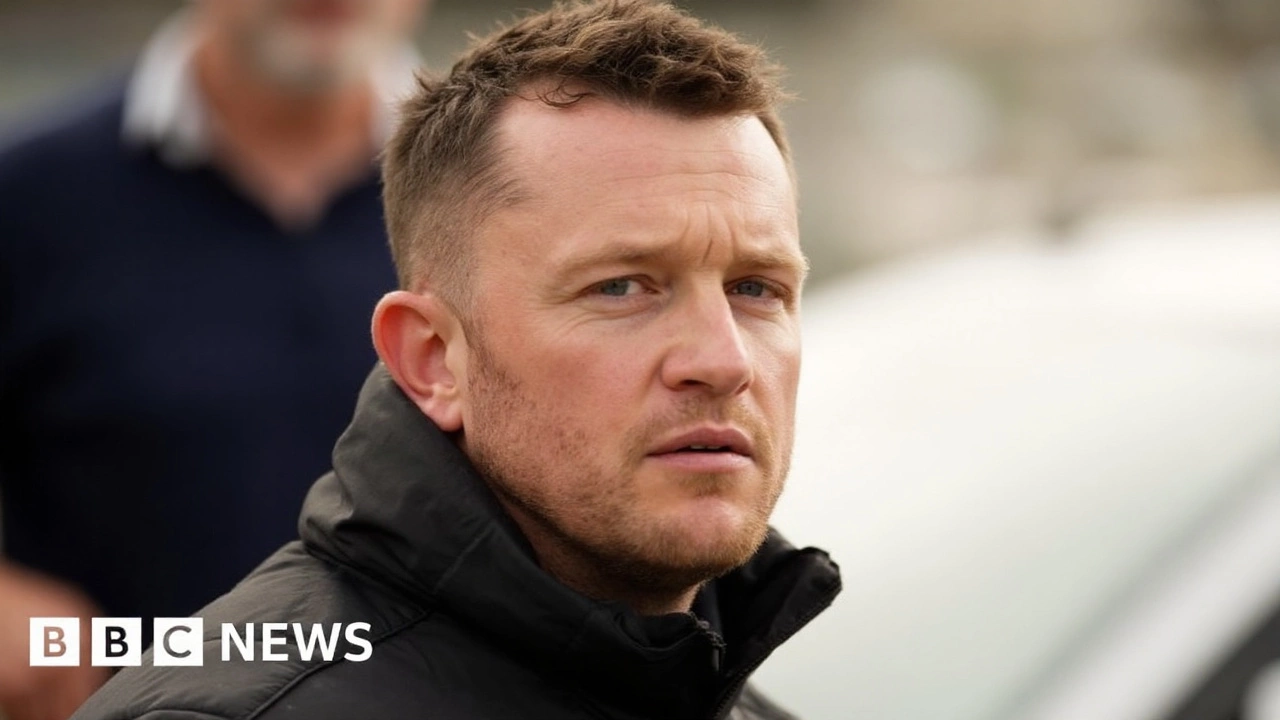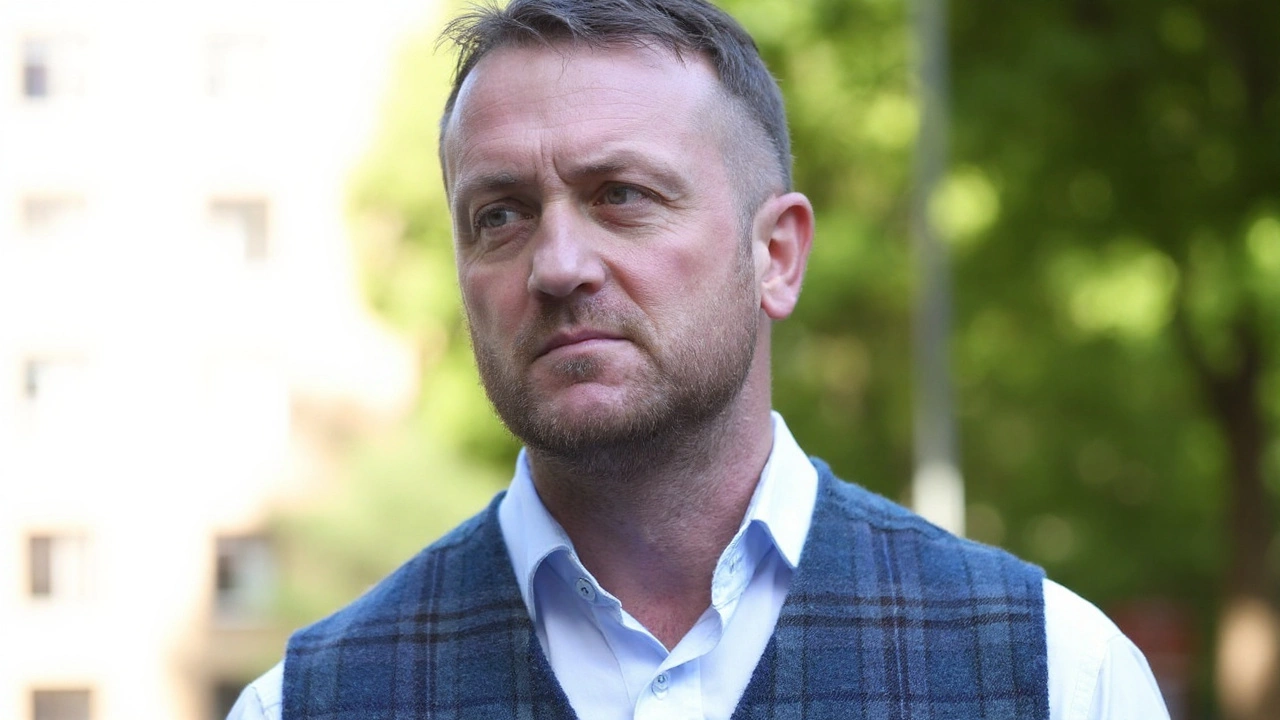What happened at St Pancras
A short, shaky video from a packed London station set off a criminal inquiry that stretched across borders. It showed Tommy Robinson walking near a man lying face down and motionless on a walkway inside St Pancras. Robinson could be heard saying he acted in self-defense. Minutes later, British Transport Police (BTP) were called. A 64-year-old man was treated for serious but not life-threatening injuries near the stairs to the northbound Thameslink line.
Robinson — real name Stephen Yaxley-Lennon, 42 — is one of the UK’s most high-profile far-right activists. That status meant the clip traveled fast online. But in the background, detectives were doing what they always do: securing CCTV, locating witnesses, and trying to speak to everyone involved, including the injured man.
The incident happened on July 28. In the early hours of July 29, Robinson left the UK for Tenerife. BTP said they wanted to question him in connection with the alleged assault. On August 4, when he flew into Luton Airport on a flight from Faro, Portugal, officers detained him on suspicion of grievous bodily harm (GBH). He was interviewed and released on police bail while inquiries continued.
Here’s the basic timeline as set out by police and prosecutors:
- July 28: A 64-year-old man is found injured at St Pancras. Video shows Robinson nearby claiming self-defense.
- Early July 29: Robinson leaves the UK for Tenerife.
- August 4: He returns via Luton Airport from Faro and is arrested by British Transport Police on suspicion of GBH.
- He is questioned and released on bail until September 8 as the investigation continues.
- The Crown Prosecution Service (CPS) reviews the file and decides not to bring charges due to insufficient evidence.
Robinson said from the start that he acted to protect himself. In the video, he can be heard saying the man “came at” him. Police never set out the exact lead-up on camera, and they rarely do while evidence is still being gathered. What they did confirm is that the injured man did not provide a statement to support the case.

How prosecutors weighed the case
“Suspicion of GBH” sounds stark, but in UK law it’s a starting point for investigation, not a conclusion. GBH covers serious injuries and sits under Section 20 or Section 18 of the Offences Against the Person Act 1861. The difference comes down to intent: Section 20 is about inflicting serious harm; Section 18 is about causing it with intent. Either way, prosecutors need enough evidence to show a jury there’s a realistic prospect of conviction.
That standard — the Full Code Test — is what the CPS applies in every case. It has two parts: first, the evidence must be strong enough to convince a jury beyond reasonable doubt; second, it must be in the public interest to prosecute. If the first part isn’t met, the case stops there.
So what did the CPS have? A video recorded at the scene, CCTV from a busy transport hub, police accounts, and medical details of the victim’s injuries. What they didn’t have was a supporting statement from the alleged victim. That matters. Police and prosecutors can and do take cases forward without a victim’s cooperation, especially in domestic abuse or serious violence. But they need other evidence that fills the gap — clear, consistent footage, independent witnesses, or forensic proof that nails down what happened.
Here, prosecutors said the evidence wasn’t enough. The video shows the aftermath and includes Robinson’s self-defense claim. But unless the rest of the material answers the big questions — who started it, what level of force was used, what threats were made — it’s hard to meet the bar for GBH in court. Reasonable doubt is enough to derail a charge.
Self-defense law is straightforward to describe and hard to apply. You’re allowed to use reasonable force if you honestly believe you’re under attack. The law looks at the circumstances as you saw them at the time, not with hindsight. If the force used is disproportionate to the threat, or if the threat had passed, that defense can fall apart. But when evidence is patchy and the other party won’t give a statement, it gets tricky to prove the opposite.
Another factor is the setting. St Pancras and the Thameslink hub are laced with cameras and footfall, especially on summer weekends. You might think that guarantees clarity. It doesn’t. Angles miss key moments. Crowds block lines of sight. Clips that go viral often capture what happens after the crucial seconds, not during them.
Police had flagged Robinson for questioning soon after the incident. His trip abroad didn’t stop the inquiry, but it did delay the interview they wanted to conduct. When he landed back at Luton, BTP moved quickly. That’s normal in cases where the suspect is a public figure and the alleged offense is serious. Officers try to reduce the risk of claims they didn’t act because of who someone is.
Releasing him on bail until early September fit the pattern too. Bail is a tool that gives investigators time to gather evidence and set conditions if needed. During that period, BTP pulled together the file and sent it to the CPS. Prosecutors looked at the footage, accounts, and medical notes and decided they didn’t have a case they could stand up in court.
Does that end it? Not necessarily in theory. If fresh evidence appears — a new witness, sharper footage, a victim who later chooses to cooperate — prosecutors can review the decision. Double jeopardy isn’t in play because no trial took place. But as of now, the CPS says the evidential test isn’t met.
Robinson’s position hasn’t shifted. He says he acted in self-defense and questions why he was arrested in the first place. His critics say the video is troubling. His supporters say it shows nothing more than a confrontation that got out of hand. The CPS decision sidesteps the politics and focuses on one thing: can you prove a serious criminal offense to a jury? Their answer here was no.
The man who was hurt is in his mid-60s and, according to police, suffered serious but non-life-threatening injuries. That detail matters because it speaks to the charge being explored. “Serious” doesn’t always mean permanent damage; it can include significant cuts, fractures, or other injuries that need hospital treatment. The law is more rigid than social media — it needs specific proof of who did what and why.
There’s a broader point about video evidence in public places. It’s powerful, but it can also mislead if it captures only the aftermath. Prosecutors look for corroboration: Does the video match witness accounts? Do injuries line up with the story? Are there gaps that create reasonable doubt? In busy transport hubs, those gaps are common despite the cameras.
For now, the file sits closed without charges. BTP did their standard job: responded, investigated, arrested on suspicion, and passed the file to the CPS. Prosecutors applied their test and found the case short. If that changes, they’ll say so. Until then, this is another reminder that headline-grabbing clips don’t decide cases — complete evidence does.
